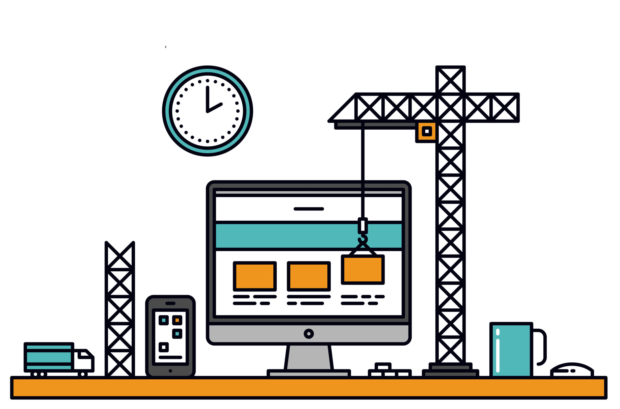Along with security and page size, a site’s speed is one of the most important keys to its success. If you can get your site to load in less time you will make visitors happy, and more likely to do business with you; you will also make Google happy, and get a better rankings in search results.
Here are nine ways that you can work to make your WordPress site load in under a second.
Remove Unused Plugins
Plugins are the easiest way to add new features to your site, but it is also true that every time you add a plugin to your site you make it do more work, which takes more time. Remove plugins you don’t use or don’t really need and your site will load faster for visitors.
Optimize Images
Big beautiful images are a must for every site, but they don’t have to take up a lot of space on your server. You can use a plugin like WP SmushIt to shrink your image files. They will look just as good but won’t take up a lot of space. The images will load faster, and visitors won’t be able to tell the difference.
Minify CSS & Javascript files
The term “minify” refers to a process where a plugin combines your site’s scripts and stylesheets into fewer and smaller files. Minifying the CSS and Javascript files on your site can make them load faster and can speed up your site. A “minify” plugin like Better WP Minify will achieves this goal by removing white spaces, lines, and unnecessary characters from the files and then combine them into fewer files that will load faster for your visitors.
Enable Browser Caching
Since just about every page on your website uses the same logo, menu, CSS files,etc, one way you can make your site load faster is to not have those files load with every webpage. Plugins like Far Future Expiry tell your visitor’s browser to keep old copies of some of your site’s files, helping your site load faster when the visitor returns for the second time or when they load a second page on the same visit.
Reduce Server Response Time
Sometimes a slow site is really a sign of a slow server, and that is something you can measure. It’s called server response time, a term that describes how long it takes for the server your site lives on to respond to requests for webpages.
Ideally your site’s SRT should be under half a second. If it is more than a second then you have serious issues. Use Google’s PageSpeed insights to find out if your server is slow, and if so ask your hosting to fix the issue. This is an easy way to speed up your site.
Remove Slow Plugins
Plugins are a great way to add new features without having to copy and paste lines of code. You can automatically download and install them, and even automatically update them. But the downside of plugins is that they are made by just about everyone, including developers who write bad code which is going to slow down your site.
Use a plugin like P3 Plugin Performance Profiler to identify which plugins take the longest to load each time someone visits your website. Remove or replace the worst offenders, and your site will load faster.
Install a Caching Plugin
It may only take a couple seconds, but it still takes time for your site to load a fresh copy of your webpage for each visitor. Fortunately, there is a faster option. Caching plugins like WP Rocket make a copy of a webpage the first time it loads, and then quickly serve that cached version to every subsequent user.
Use a CDN
A CDN, or content delivery network, is a service that basically lets you store copies of your content on the CDN’s servers all over the world. If you sign up with a CDN service like Cloudflare you will be able to automatically preload your content on its servers, helping your site load faster by moving the content closer to your visitors.
Replace Your Theme
A site’s theme is supposed to be an immutable feature that will only change when the site gets a major update, so it is usually overlooked when doing maintenance and optimization. That is a mistake because there are times that all the tweaks and performance hacks in the world won’t help a site that loads slowly because its theme is badly designed. Sometimes the only way to make a site load faster is to replace the theme with one that loads faster. Yes, it can take a huge amount of work to customize the new theme and then redesign all the existing pages, but sometimes it can pay off.






0 Comments